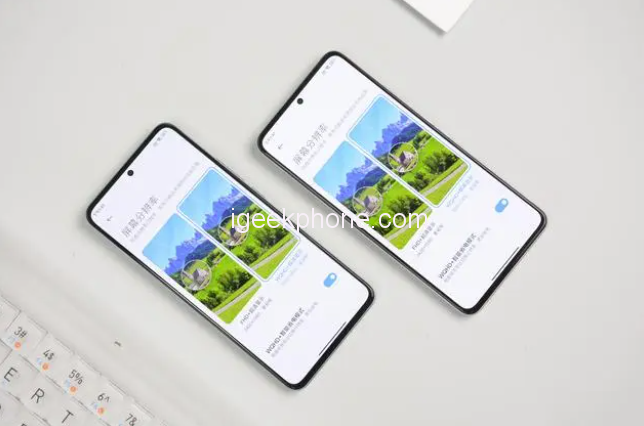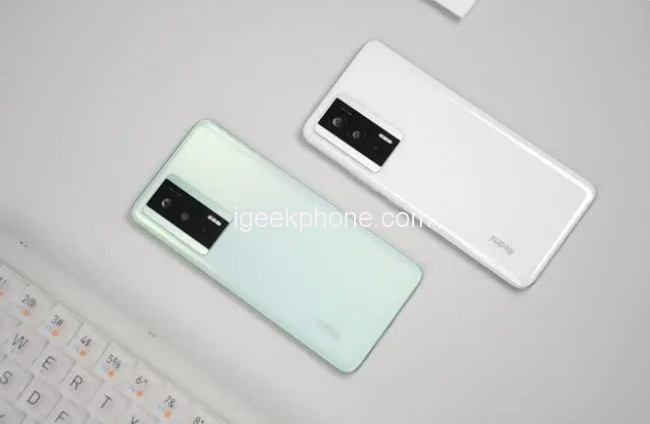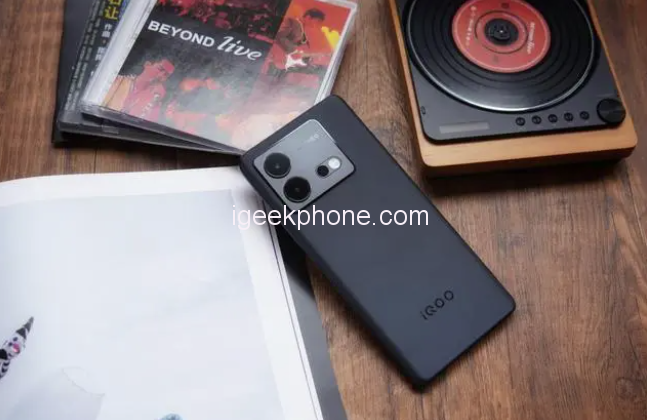The Redmi K60 and iQOO Neo 8, both equipped with Snapdragon 8+ processors, exhibit significant differences in their focus and features. While the Redmi K60 experiences a relatively substantial drop in this event, the iQOO Neo8 offers a more balanced configuration at a reasonable price. Consequently, the iQOO Neo8 is a more optimistic choice, especially for users who may not fully comprehend their own needs—opting for the iQOO Neo8 would be a safe bet. Let’s delve into the advantages of the Redmi K60. First and foremost, the Redmi K60 boasts a screen that holds a clear advantage in the 2,000 yuan range. Utilizing Huaxing Optoelectronics’ 2K display, it supports 12-bit color depth and offers a high-frequency PWM dimming of 1920 Hz, resulting in a visually impressive display with excellent brightness performance. On the other hand, the iQOO Neo8 features a 1.5K resolution, which is slightly less sharp but compensates with support for a higher refresh rate and 2160 Hz high-frequency PWM dimming.
Let’s delve into the advantages of the Redmi K60. First and foremost, the Redmi K60 boasts a screen that holds a clear advantage in the 2,000 yuan range. Utilizing Huaxing Optoelectronics’ 2K display, it supports 12-bit color depth and offers a high-frequency PWM dimming of 1920 Hz, resulting in a visually impressive display with excellent brightness performance. On the other hand, the iQOO Neo8 features a 1.5K resolution, which is slightly less sharp but compensates with support for a higher refresh rate and 2160 Hz high-frequency PWM dimming.

In terms of cameras, the Redmi K60 holds an edge with an additional 8-megapixel wide-angle lens on the rear, giving it enhanced functionality in comparison to the iQOO Neo8, which lacks this lens and therefore falls short in this regard. Furthermore, the Redmi K60 possesses a larger battery capacity of 5500mAh, a relatively rare feature among models priced at 2,000 yuan, and it even supports 30W wireless charging. With the continuous advancements in digital products, the wireless charging experience remains highly satisfactory.
Now, let’s explore the advantages of the iQOO Neo8. Firstly, the iQOO Neo8 addresses one of the obvious shortcomings of the Redmi K60—the relatively low specifications of the rear main camera and the resulting average imaging quality. In contrast, the iQOO Neo8 incorporates a 50-megapixel main camera with the Samsung GN5 sensor, complete with OIS optical image stabilization. This upgrade significantly improves the imaging quality of the device.
Another area where the iQOO Neo8 excels is in charging speed. Despite having a slightly smaller battery capacity, the iQOO Neo8 supports 120W flash charging, allowing for rapid replenishment of battery power.
Moreover, the iQOO Neo8 possesses self-developed chips that contribute to its overall superiority. Although the Redmi K60 also features a self-developed charging chip, the V1+ imaging chip of the iQOO Neo8 surpasses it in practicality. Not only does it provide enhanced computational power for capturing photographs, but it also introduces frame insertion effects similar to those of independent display chips.
In summary, the Redmi K60 experiences a substantial price drop during the 618 events, maintaining an impressive price-to-performance ratio. The iQOO Neo8, priced similarly to the Redmi K60 for the same storage version, offers a more balanced set of features. Although the screen and battery life of the iQOO Neo8 may be slightly inferior, it excels in terms of camera performance and charging speed. Taking all factors into consideration, the iQOO Neo8 emerges as a worthy contender for users seeking a well-rounded smartphone experience.
Read Also: Redmi K60 vs OnePlus Ace 2 Review: Which is the Better Gaming Phone?
Do not forget to follow us on our Facebook group and page to keep you always aware of the latest advances, News, Updates, review, and giveaway on smartphones, tablets, gadgets, and more from the technology world of the future









